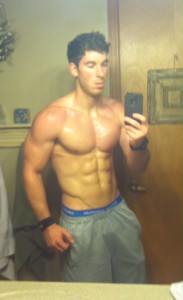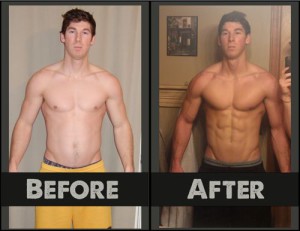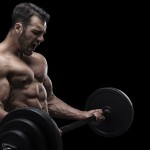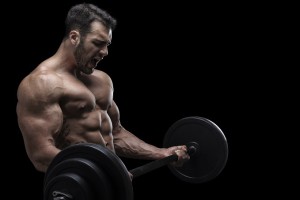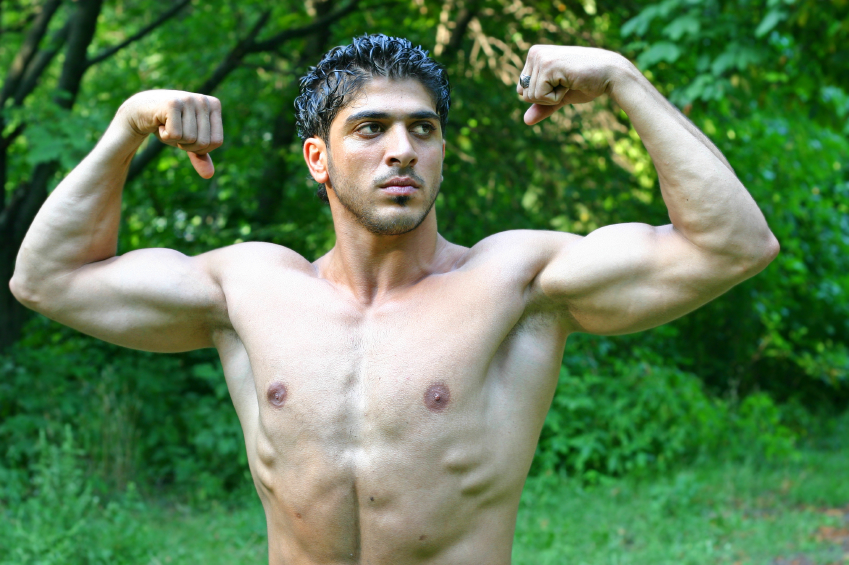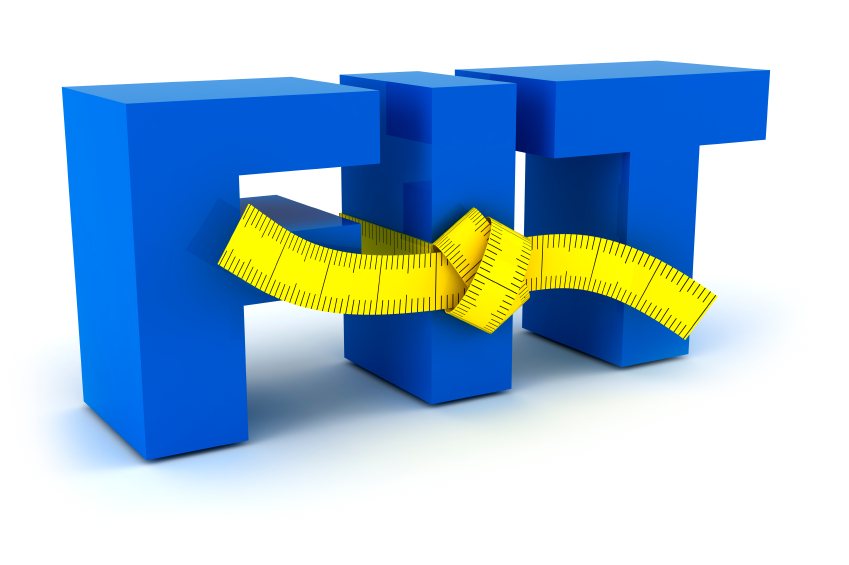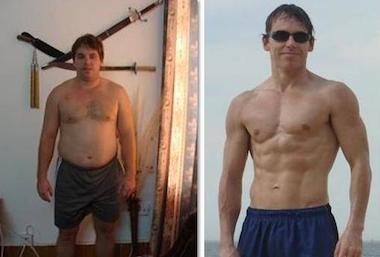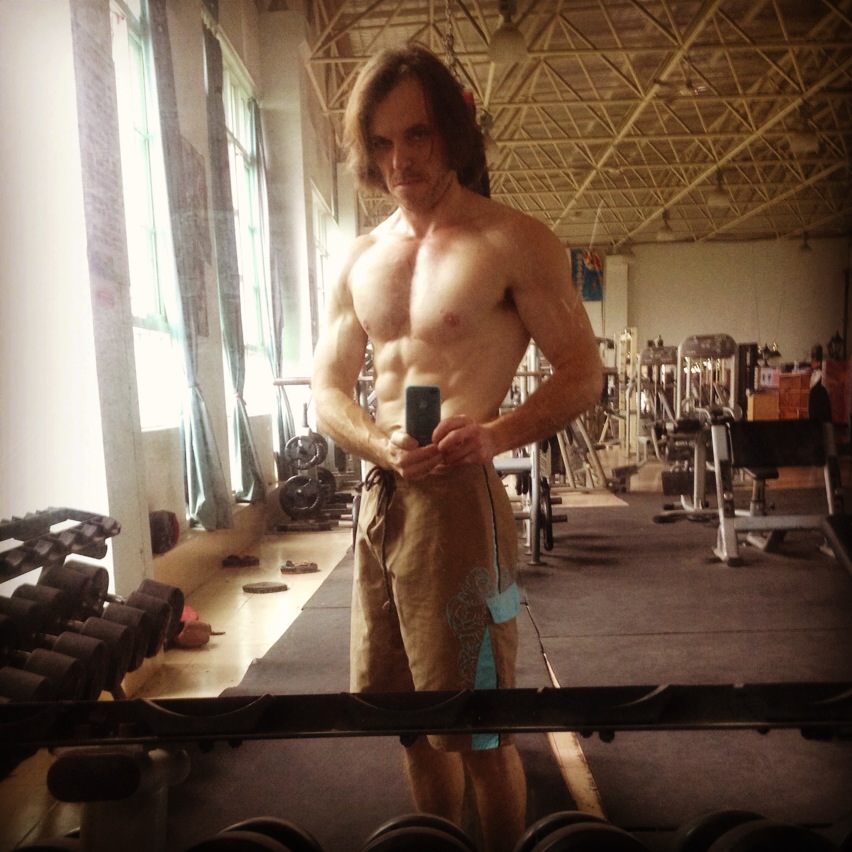Today’s post is the latest installment of the Golden Eye for the Adonis Series.
Here is another guest post from Eric Weinbrenner. Better know by his True Insider Handle, “eweinbrenner.”
Clear Out Your Cupboards and Go “All In”

The real secret to getting in great shape is much less complicated than most believe: Clearly define your goal and go all in.
Have you ever watched Extreme Weight Loss on ABC? The TV show chronicles a year in the life of a person who is struggling with obesity and hopes to transform their bodies and experience a new way of life.
While the people involved in the transformation are different individuals, and the actual challenges they face may vary; there is one underlying concept present in every episode: in order to have a successful transformation, the participants must remove the “distractions” from their lives and focus on their ultimate goal of losing weight.
In nearly all cases, the “distraction” is one (or all) of the following–a limiting belief (“I can’t do this” or “I don’t deserve this”), a bad habit (overeating/eating junk food), or a tendency to hold on to the “comfortable” life they have been living–despite that state of misery it may have placed them in.
Typically, limiting belief systems and the self-sabotaging that occurs when one struggles to choose transformation over comfort are more difficult to uncover; eating too much junk food, on the other hand, is more obvious and often the first issue dealt with.
In almost every episode of Extreme Weight Loss I have seen, and in almost every weight loss article I have read, one of the first steps is always “go into your kitchen and throw out all of the junk food in your cupboards.”
Why is this advice given? Because anyone who has tried to lose weight, has helped someone lose weight, or has watched a TV show about losing weight KNOWS that leaving that kind of temptation laying around will diminish even your best efforts to lose weight and make better decisions.
Perhaps just as important, throwing out all of the unhealthy, high calorie food in your cupboards that costs a fair amount of money and serves as one’s “comfort” signifies commitment–it shows that you are “all in.”
You can’t be “all in” when you are distracted by things that oppose your goals.
By now, you may be wondering what this has to do with you, other than the fact that you may have just realized you need to literally clean your your cupboards, or assuming this is just another weight loss article–and you would be wrong on both accounts.
In short, this idea of “cleaning out your cupboards” can be applied in a figurative manner to the fitness journey that all of us are on in a much broader, but incredibly important sense.
The Biggest Challenge of Building An Awesome Body
Ten or twenty years ago the biggest challenge of transforming your body, and when I say “transforming your body, I mean getting an “Adonis Body”, may have been getting the right information to accomplish that goal.
However, with the boom of the internet, the biggest challenge today is not lack of information–but, rather being overloaded with too much information, often leading to analysis paralysis.
Consider this scenario for a moment:
Let’s say a few years ago you started really getting into health and fitness. You googled “how to get a six pack” and came across a few different sites promising to deliver. You subscribe to their blog feed and apply some the advice and things are going pretty well.
As you start to see results, you realize that the challenge of transforming your body is something you thrive on, a quest that provides meaning and purpose far above “working out” for health benefits alone–you see an email promoting a new muscle-building workout and decide to give it a shot. You stick with that workout for a few weeks until you see a brand new muscle building program advertised from an up-and-coming fitness pro, promising better results than anything you’ve ever experienced and reason that it would be foolish to not give it a try.
This cycle continues over the next few months, and as you compare the three, or four (or ten) programs that have accumulated on your computer, you realize they don’t all see eye to eye: one program prescribes “heavy weights and low reps” while the other says “moderate weights and moderate reps” are the key and yet another takes a “wacky exercise” variation on all of the above.
As you continue to seek more information, sure that further “clarity” is the answer, you soon become lost in a sea of confusion, constantly frustrated about your lack of progress and, on some level, disappointed in yourself for not being able to stick with ONE program long enough to see results.
Sound familiar?
Intervention Time
The “hypothetical” scenario we just explored is often all too true. I see it almost daily on the Adonis forums–guys who are following an AGR workout but are asking questions about nutrition information from some other supplement company. Guys who want advice on this or that program from some other “fitness pro.”
Some are completely focused on the wrong things; others are obsessing over the minutia and missing the point. And on some level, I get it: I get that adopting the AGR philosophy, an approach that is often radically different from what you are used to, takes time and is a process. At the same time, though, I can’t help but wish that I could speed this process up and help you avoid the frustration that many, including me, have experienced on our way to revelation.
So that’s why I follow with this reality check: You will NEVER see the results you want until you stop flip-flopping between workout programs, reading 10 different fitness blogs, and buying every new program that comes across your email.
I know because I have been there. Until about a year ago I was constantly going back and forth between AGR and a few other workout communities across the web.
Information from both sources was credible and quality–the problem was that there were competing ideals. AGR stresses a very specific look that is all about proportion and definition; the other sources focused on “getting big” and being a “real man” which was associated with certain levels of strength or by weighing a certain amount. This left me going back and forth between focusing on achieving the Golden Ratio as outlined here and trying to “get big”; in the end I just continued to spin my wheels, making little progress toward either ideal.
The issue isn’t necessarily “good” vs. “bad” inforamtion. The issue is, tucked within each segment of the fitness industry, hidden within each respective goal–whether it be to build a proportional physique without being a slave to the process or to increase maximal strength–is a “culture”, a framework of beliefs and ideals that drive everything you and inevitably lead to your success or failure, or at the very least, the rate at which you will find success.
From the language used to the measure of an “effective” workout or even what it means to “look good”, the culture defines your thought process and determines where your focus is directed.
Trying to combine the frameworks that lie within each goal, frameworks that clash at their core, leads to confusion and frustration that will derail your progress. Soon you aren’t even sure what your goal is anymore, which often leads to even more program hopping as you go from trying to become more athletic one month to trying to build a proportional physique the next.
The Epiphany
Today, as a committed AGR member, I feel like I am in the best shape of my life and know exactly what I need to do to achieve my goals. This is no accident–this is because I clearly defined what I wanted to achieve and zeroed in on that goal.
I went all “all in”:
I unsubscribed from all other fitness related blogs.
I cancelled my subscription to the other online forum I had been involved with; where I had been shelling out $20 per month for workout programs that sat stagnant on my computer.
I took all of the workout programs I had purchased over the past five years (probably in the range of 15-20 programs costing thousands of dollars in total), dropped them on a jump drive, which I filed away in a safe place and then deleted them off of my computer.
In a manner of speaking, I “cleaned out the cupboards.”
All that was left standing was AGR.
As I did this I felt a sense of relief and clarity: I no longer had to wonder if what I was doing was as good or interesting or comparable to any other program. I was no longer confused about what I was trying to accomplish with fitness– I knew exactly what my goals were (Golden Ratio) and all of the other distracting, competing information no longer mattered.
Wrapping Things Up: A Call To Action
People often want to talk about the “secret” to building muscle, losing fat, or getting in great shape. Typically, this will be an ever-elusive quest without a clear answer, even when it’s delivery is promised with “one easy payment of $67.”
The real secret to getting in great shape is much less complicated than most believe: Clearly define your goal and go all in.
In the fitness realm, there are a number of possible goals one could pursue; improving athleticism, increasing maximal strength, or building an awesome looking body.
You must decide what your primary goal is and remove all distractions that stand in your way, which for many, often means all distracting (or competing) information.
Get rid of all the other workout programs you have on your computer. If you can’t stand the idea of “wasting” all of that money and deleting them; at least put them on a jump drive or find a way to remove them from immediate accessibility.
Stop reading fitness blogs outside the Adonis community (this includes being a part of other forums as well).
Consider investing in Immersion–when JB, Brad, or Allen say “you will never need to buy another fitness product in your life, it’s TRUE. Everyone who identifies their primary goal as building an awesome body in the most efficient and effective way possible should have Immersion.
Many will read this and keep grinding away, helpless to their vices of chasing the “secret” promised by the newest workout program–and they will continue to struggle, wasting money they often don’t have and drowning in the confusion.
But for few, something will click; they will take action and go “all in”, and they will find success, they will find peace of mind–they will be the ones featured at the end of the next Adonis transformation contest while others hopelessly wonder what their “secret” is.
Be one who takes action.
-Eric Weinbrenner

